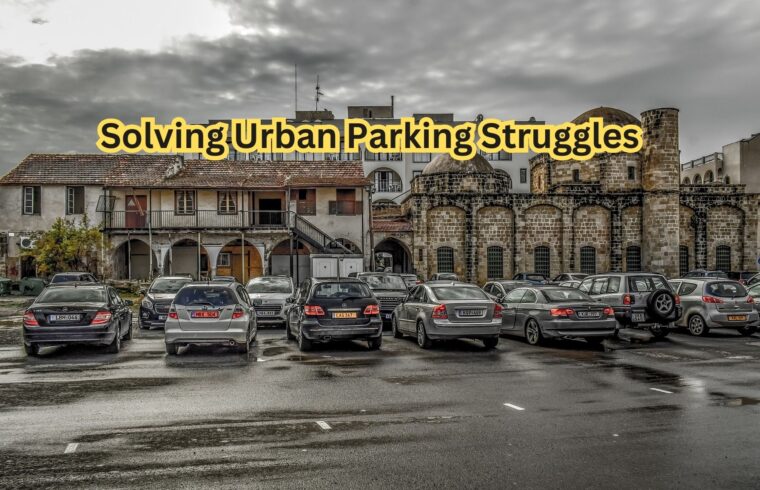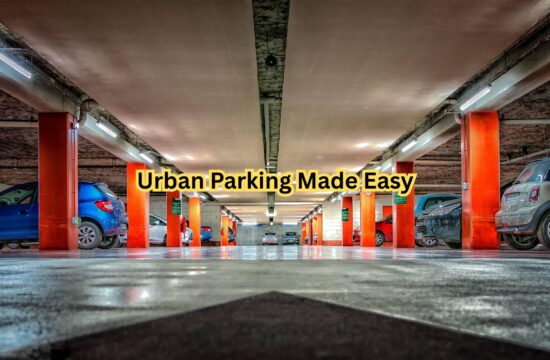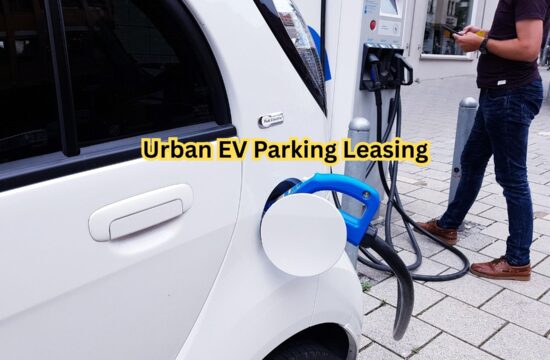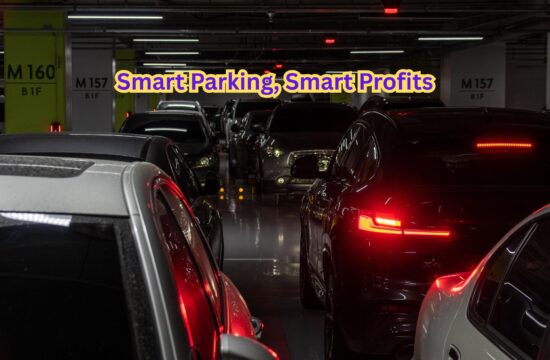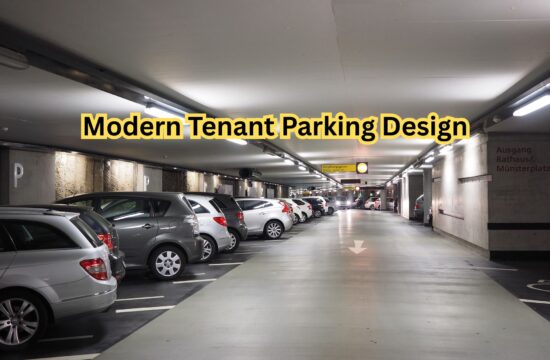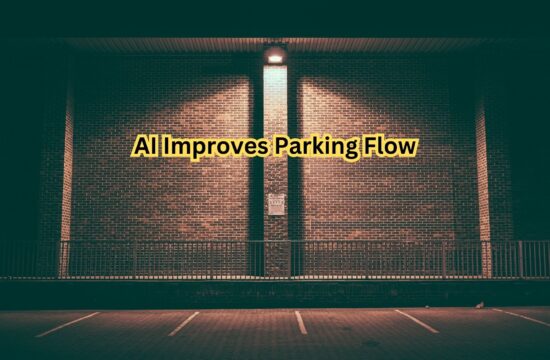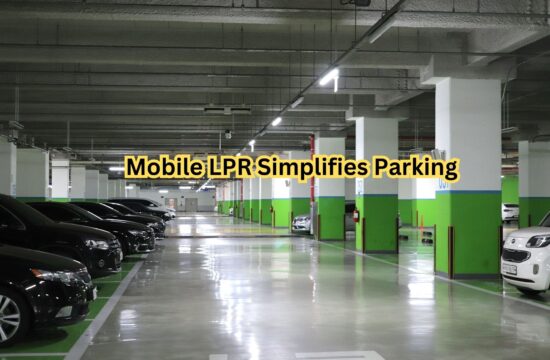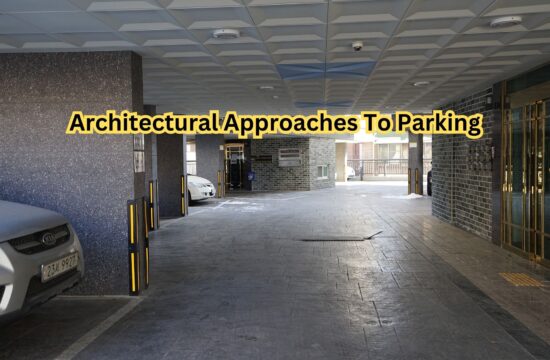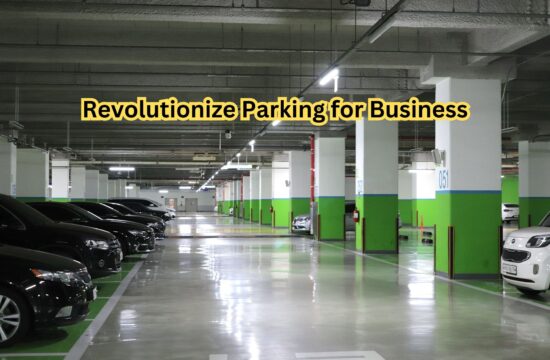Finding parking has become one of the most annoying and enduring problems for city inhabitants as the population of cities continues to increase. Solving Urban Parking Struggles has become essential as the growing number of cars on the road meets inadequate parking infrastructure. Smarter, more effective parking solutions are now required to meet this demand, with businesses, cities, and innovators actively focused on Solving Urban Parking Struggles. Through advancements in technology and more efficient space management, these solutions aim to provide relief to drivers and improve urban mobility. The efforts directed at Solving Urban Parking Struggles promise a more seamless and convenient experience for drivers, ultimately creating more liveable cities.
Smart Parking Technologies
Many cities are using IoT to increase parking efficiency. Parking spot sensors identify occupancy and communicate data in real time, assisting drivers in locating open places and minimizing traffic from surrounding cars.
Drivers may find, reserve, and pay for parking spaces with mobile parking apps like ABC. They offer real-time availability updates for convenient booking through integration with smart city networks.
Leveraging Data and AI
By examining past usage and traffic trends, cities are employing predictive analytics to forecast parking demand. Machine learning makes it easier to find the best sites for new facilities or to adjust prices.Furthermore, like surge pricing, dynamic pricing models modify parking charges in response to demand. Promoting turnover in high-demand locations and assisting in allocating parking spaces throughout the day.
Multi-Purpose Parking Spaces
By enabling the rental of underutilized spaces in residential and business locations, shared parking is a creative solution to shortages. Drivers can find these private places with apps like ABC, increasing parking without building new facilities. Furthermore, variable zoning allows parking lots to be used for different purposes throughout the day. Such as switching from loading zones to metered spaces.
Autonomous and Electric Vehicle Integration
Cities are installing EV charging stations in public parking lots in response to the growing popularity of electric vehicles (EVs). And encourage environmentally friendly travel while guaranteeing that EV drivers can find spaces. In the meantime, parking options for autonomous vehicles (AVs) are developing. AV self-parking is already possible at some locations, enabling small formations and effective use of available space. AVs might even be able to find their way to parking lots on their own in the future.

